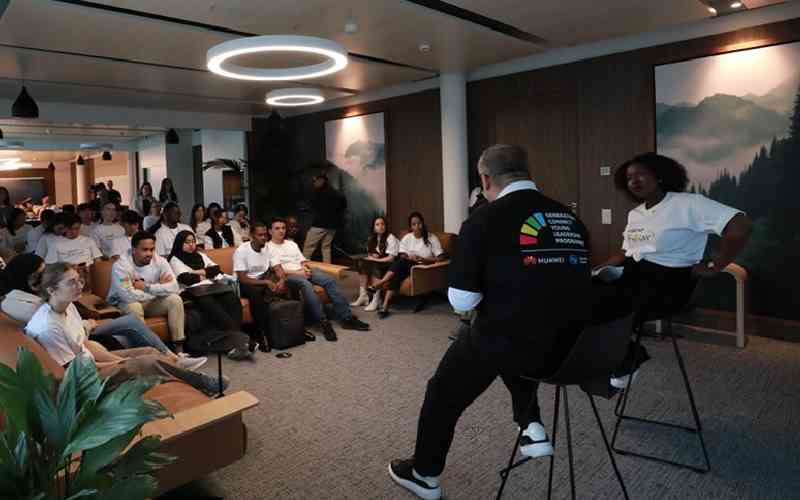- Details
- East Africa
- 545
Kenya’s Valarie Neema Waswa is among the inaugural cohort of the Generation Connect Young Leadership Programme (GCYLP) fellows who completed their development week in Switzerland.
Ms Waswa is among the 30 initial fellows who were selected by a global jury from a pool of 5,249 applicants from over 200 countries worldwide.
She is an upcoming lawyer who is passionate about women and youth inclusion in governance and decision-making processes.
Ms Waswa has worked with different organisations- from youth activists to youth envoys and woke advocates in causes that seek to promote peace and socio-economic development of women and youth.
The GCYLP, an initiative launched by the International Telecommunication Union (ITU) in partnership with Huawei, supports 30 fellows each year for a period of three years.
Aged 18-28, the fellows receive mentorship and financial support in their projects to use digital technology to drive community development through the course of one year.
Director of the ITU Telecommunication Development Bureau Dr Cosmas Luckyson Zavazava said the week-long activities include leadership fireside chats, an intergenerational panel discussion, and visits to Geneva University, Palais de Nations, as well as Huawei Switzerland in Zurich.
"Seizing opportunities and creating new ones, being collaborative and resilient, as well as adopting a multi-disciplinary approach for a multi-sectoral world in which we find ourselves, will go a long way in helping you succeed and in impact people's lives around the world," said Dr Zavazava.
In addition to the initial development week, Zavazava said the program also provides online mentoring sessions, virtual ‘fireside chats’ with industry experts, group projects with other participants, and other online programs.

His sentiments were echoed by Selina Wen, Chief Representative to the EU Institutions and Vice President of Public Affairs for Europe at Huawei, who said young leaders have played and will continue to play an important role in the digital era, at a time when the enabling power of technology should be further harnessed to address the most pressing social challenges.
"The projects you have presented are exactly what the real world is calling for," she said.
The fellows' project ideas cut across fields from inclusive healthcare, and innovative digital skills training to efficient energy storage and circular economy.
The program was announced in November 2023 and applications for the inaugural cohort opened in February.
Over the next two years, two more groups of nearly 100 young visionaries from around the world, will embark on a similar journey. By Patrick Vidija, The Standard






